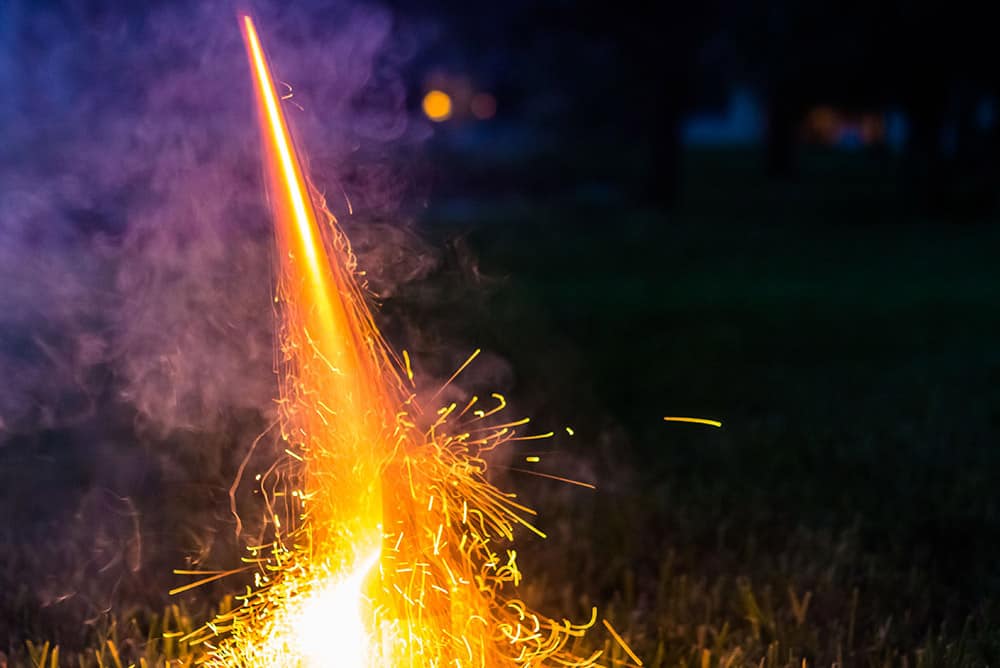It’s Fourth of July weekend. As is the case with just about everything, this year is different. There will be less camping. Less picnicking. Fewer hot dogs and hamburgers will be cooked on the grill alongside trays of kabobs and corn on the cob.
And fewer people will attend municipally sponsored fireworks because of social distancing.
Retail fireworks sales on the rise
There is something, however, that there’s likely to be more of this year: wildfires caused by fireworks. With people still at home and public gatherings prohibited in many cities, counties and states, more people are buying retail fireworks. In fact, some retailers are seeing a 115 percent increase in sales since May.
The National Fire Protection Association reports that in 2018 fireworks caused extensive damage:
- 1900 structure fires
- 500 vehicle fires
- 17,100 outside and other fires
- 46 civilian injuries
- $105 million in direct property damage
- Five deaths
Wildfire activity heightens
Americans start over twice as many wildfires on July 4th as any other summer day. And we’re already seeing heightened fire activity due to fireworks. The Traverse Fire in Utah, which started on June 28th, was contained, and no loss of property or life was reported. But it forced the evacuation of 13,000 residents. The cause? A roman candle.
With lightning ruled out as a cause of Utah’s Knolls Fire, attention has turned to potential human causes, with fireworks high on the list. And in East Oakland, also at the end of June, illegal fireworks caused a three-alarm vegetation blaze.
And the threat is growing. Across the country, municipalities report a more than 300 percent rise in fireworks complaints in the months of May and June.
Fireworks safety messages that make a difference
While you can’t stop people from shooting off fireworks, you can take steps to better inform them of the dangers. A strong component that enables this is a critical communications product. Together with a supporting presence across all your media and channels, critical communications can keep citizens safe and well-informed.
Here are some topics you might use to increase awareness of fireworks safety during wildfire season:
- Does your area have a hotline for people to report a fire? Make sure people know where to call to report smoke or flames.
- Make residents aware of the importance of annual brush clearing.
- Some vegetation is more flammable than others. Sharing information about grasses and plants that are highly flammable can help citizens spot them.
- If your area is having a public fireworks display, provide safety guidelines and appropriate COVID-19 regulations.
- Proper disposal of spent fireworks, especially “duds,” shouldn’t be an afterthought. Let the public know how to dispose of used explosives safely.
- Remind people of the penalties by city and county for illegal fireworks use. And let them know how much these penalties increase if their actions lead to a wildfire.
- Consider providing a list of safe and fun alternatives to backyard fireworks.
This year the National Interagency Fire Center predicts the wildfire potential through July is “average.” That’s a bit of good news. Through effective messaging across channels, you can help ensure that your citizens and residents don’t increase that potential through careless and risky use of fireworks. Reach out to them and tell them how good preparation and carefulness can ensure a great Fourth of July weekend.
Learn more about how to manage wildfire season during the pandemic here.

